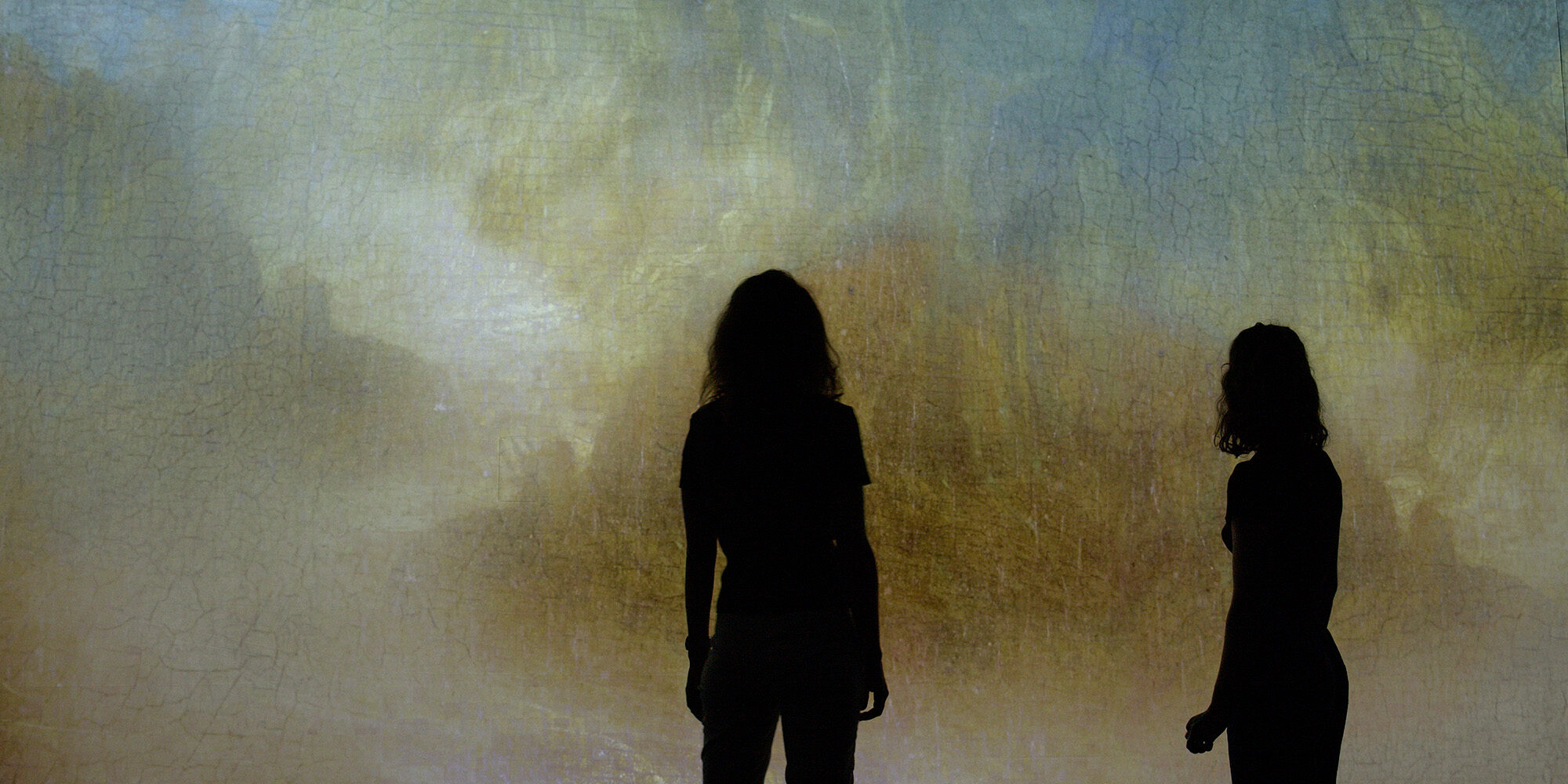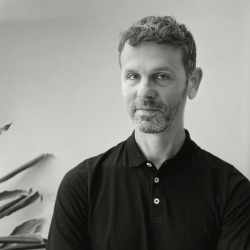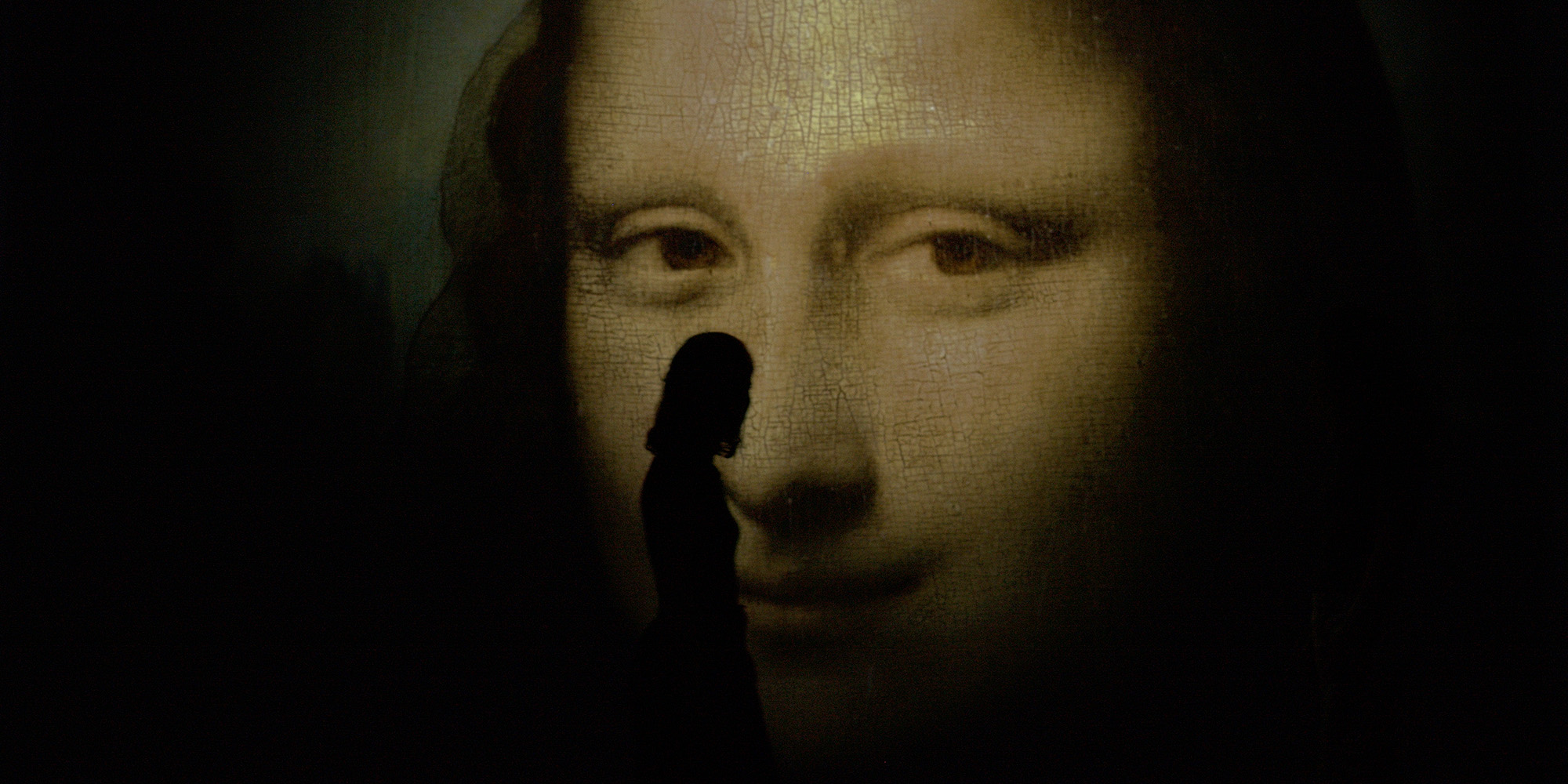During his life, Leonardo da Vinci produced several portraits. At the height of his fame, at the age of 48, he began a portrait of Lisa del Giocondo. She was the wife of the Florentine silk merchant Francesco del Giocondo, the commissioner of the painting “Mona Lisa”. She was also called “la Gioconda”, a feminization of her husband’s name. This painting became a challenge for Leonardo, who wanted to give the Mona Lisa a meaning for life. Painted life-size, the Mona Lisa seems to be the most faithful representation of his quest for her creator. Leonardo da Vinci never gave the Mona Lisa portrait to Francesco del Giocondo, but kept it close to him until his death, constantly perfecting it. At this price, he managed to reproduce life on a poplar panel, so that his contemporaries “trembled” before this miracle.
Based on a collaboration between the Grand Palais Paris and the Musée du Louvre, an immersive exhibition of Leonardo da Vinci’s masterpiece “Mona Lisa” will be on display at the Palais de la Bourse in Marseille from March 10 to August 21. Digital content and gigapixel images from it will now also be on display in Ars Electronica Deep Space 8K as part of the Ars Electronica Festival 2022.
But why is the Mona Lisa the most famous painting in the world? The answers to this seemingly simple question are varied, complex and surprising, giving visitors an insight into the work itself, beyond all false secrets and clichés. An excerpt of this co-production is explained by Vincent Delieuvin, Chief Curator of 16th Century Italian Painting at the Musée du Louvre, Roei Amit (General Manager, Grand Palais Immersif) and Christelle Terrier (Head of Production Mona Lisa Immersive) exclusively for this presentation.

Topics such as the portrait’s cult status, the theft of the Mona Lisa in 1911 and how it was found, the influence of the Mona Lisa on other works, the technique Leonardo used to create the famous painting, and a component on the life of the artist himself will be covered as part of the exhibition.
This is not the first time that the Grand Palais Paris has organized a digital exhibition. However, the Ars Electronica Deep Space 8K is a new addition to the mediation program with this presentation, using Deep Space 8K technology to present this masterpiece in an unprecedented interactive display. From the Salle des États of the Louvre, where the painting is on display today, to Leonardo da Vinci’s Renaissance works, the visual representation takes visitors on a journey through time.

Ars Electronica is looking forward to offering visitors this unique opportunity to get closer to painting than ever before, enriched by the knowledge of experts from the Grand Palais Paris and the Louvre. Through these contributions to the “Cultural Heritage” series, Ars Electronica aims to work with these outstanding cultural institutions and museums to present the diversity of history’s masterpieces and to inspire society across the generations. The ongoing mediation of cultural heritage is intended to contribute to the strengthening of cultural participation in general and, with the cooperation of cultural and public institutions, to strengthen the digital transformation.
“Such a visual, digital visit is not intended to replace the physical visit; rather, these participatory projects force exchange, and closer connections and broad networking also take place at the international level. Getting involved with new, innovative presentation possibilities changes and promotes the transfer of knowledge,” says project manager Michaela Wimplinger, who is responsible for special projects and collaborations at Ars Electronica.
The program will be opened by the French Ambassador to Vienna, Gilles Pecout. The presentation including live streaming will take place during the festival on Friday, September 9, at Deep Space 8K. The detailed festival program will be available soon here: https://ars.electronica.art/planetb/de/

Vincent Delieuvin is curator for Italian Sixteenth Century Paintings at the Louvre. He organized several exhibitions on Italian Renaissance: « Titian, Tintoretto, Veronese… Rivals in Venice » in 2009 or « late Raphael » in 2012-13. In recent years he focused his study on Leonardo da Vinci with two exhibitions: « The Saint Anne, Leonardo da Vinci’s Ultimate Masterpiece » in 2012, and in 2019-2020 the great exhibition celebrating the 500th anniversary of Leonardo’s death in France.

Christelle Terrier, Exhibitions Project Manager, Production Direction, Réunion des Musées Nationaux-Grand Palais ; Referent in eco-conception ; Master in Art History.

Roei Amit, General Manager, Grand Palais Immersif (Réunion des Musées Nationaux-Grand Palais group), production and distribution of digital exhibitions ; Expert in digital innovation ; Ph.D in Social Sciences.
This presentation at Deep Space 8K has been kindly supported by the Institut français d’Autriche.
